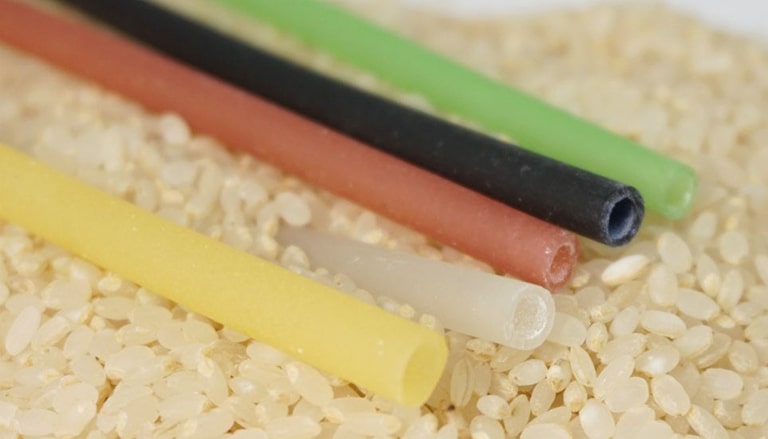In general, dried or dehydrated fruits and vegetables undergo the following process steps: predrying treatments, such as size selection, peeling, and color preservation; drying or dehydration, using natural or artificial methods; and postdehydration treatments, such as sweating, inspection, and packaging.
Most people have eaten dried fruit in one form or another. It’s probably safe to say that dried fruit has been part of the human diet for as long as humans have been around. Dried fruit is a good source of energy and nutrients, and typically, it lasts longer (has a better shelf-life) than fresh fruit.
Dried fruit can be prepared in different ways. The process for making dried fruit is also known as dehydration, which is a general term to describe removing water from the fruit. The most common dehydration methods are sun (solar) drying, oven drying and hot air drying. Since the middle of last century, vacuum drying, and freeze drying have been introduced, and more recently, microwave drying and heat pump drying have been used commercially in preparation of dried fruit.








